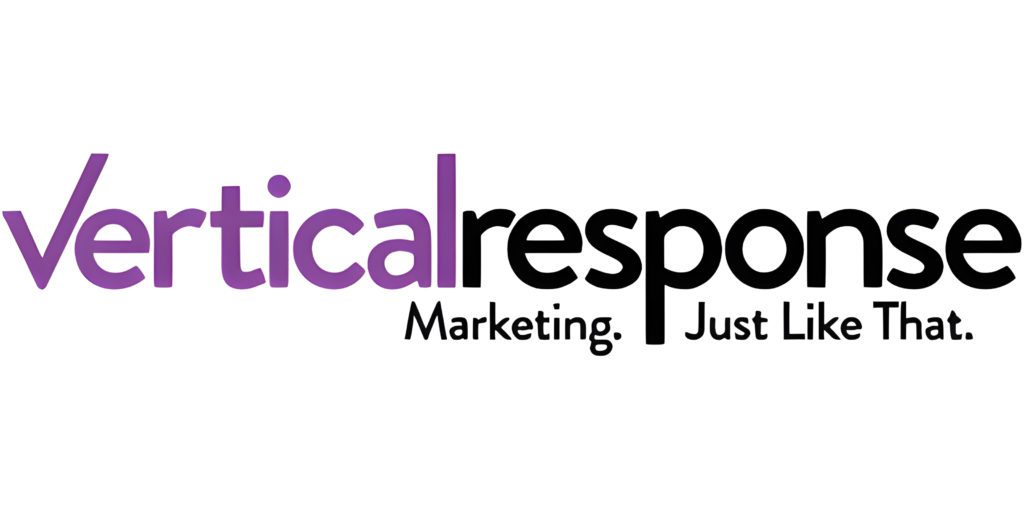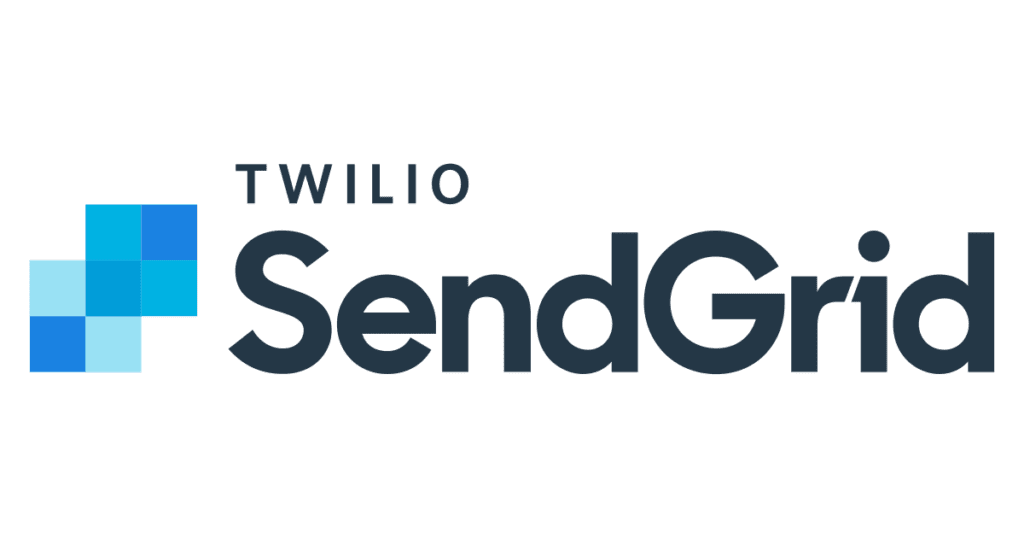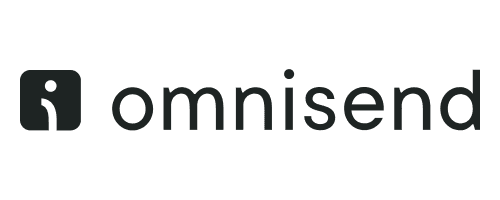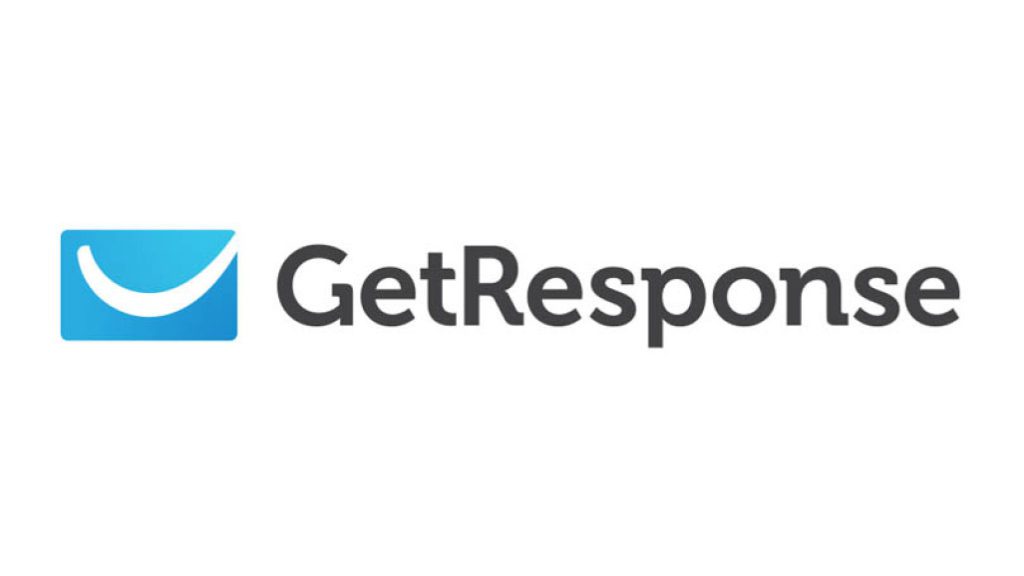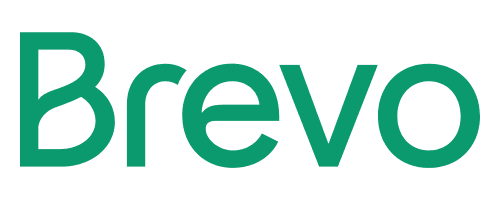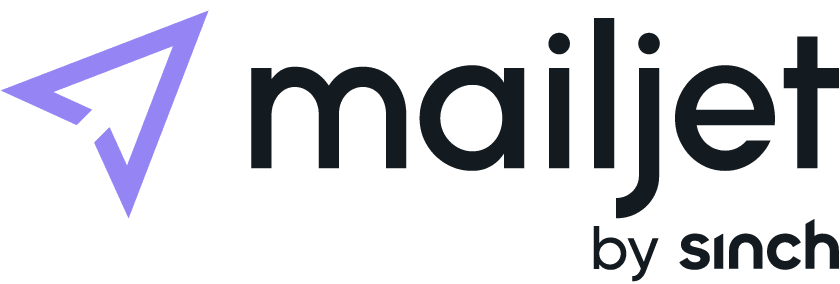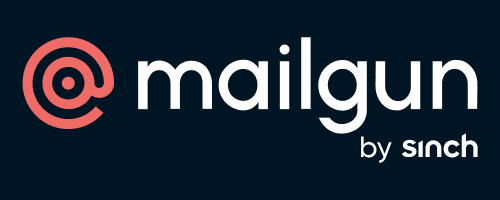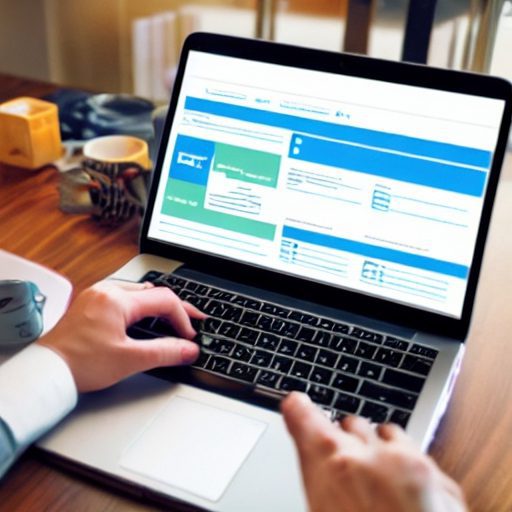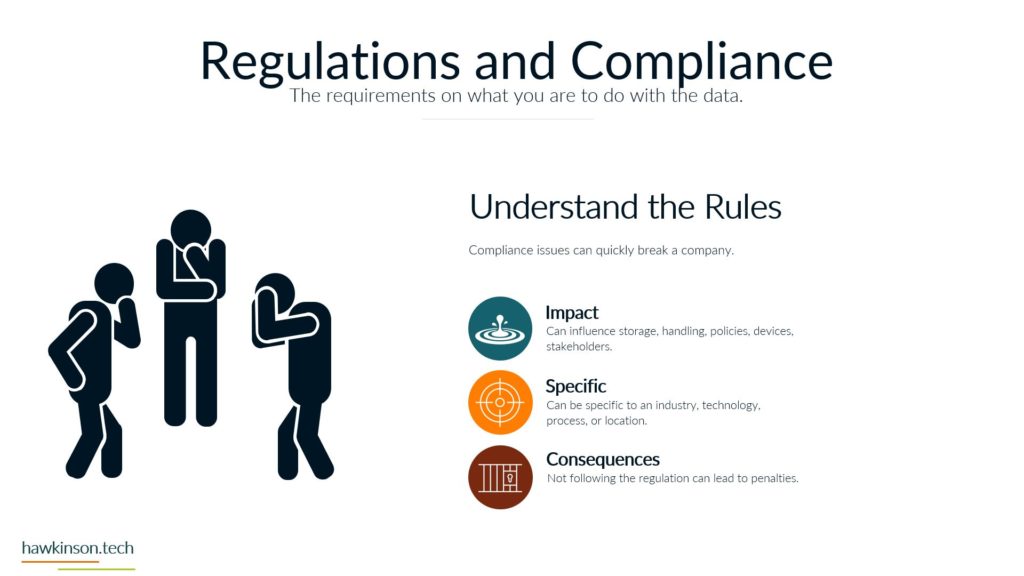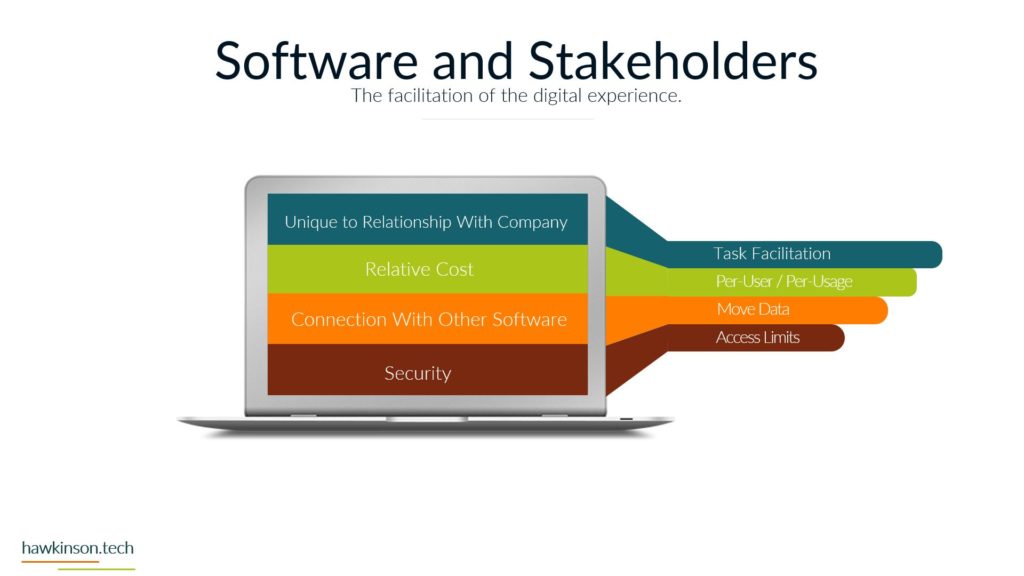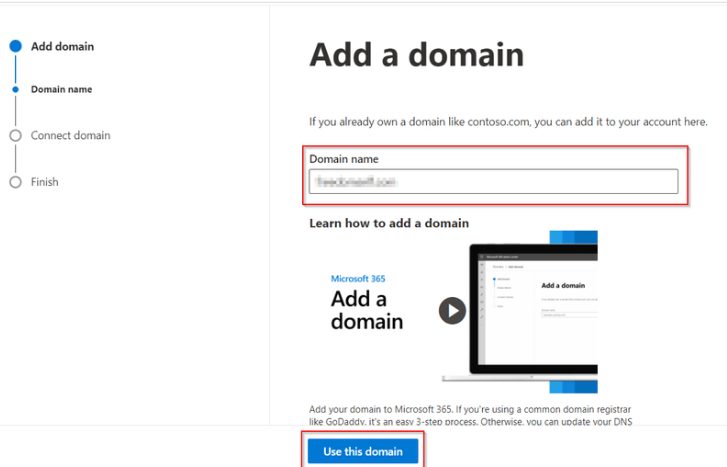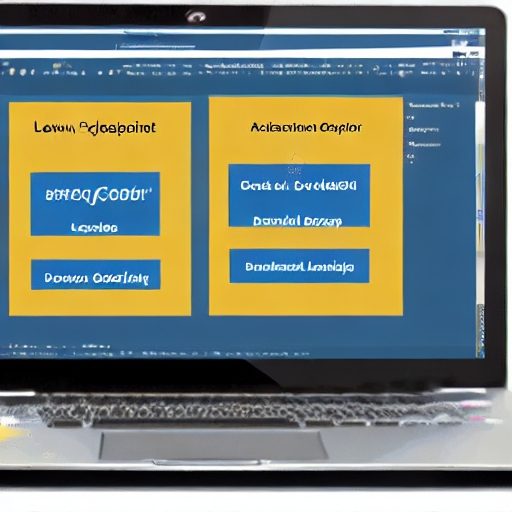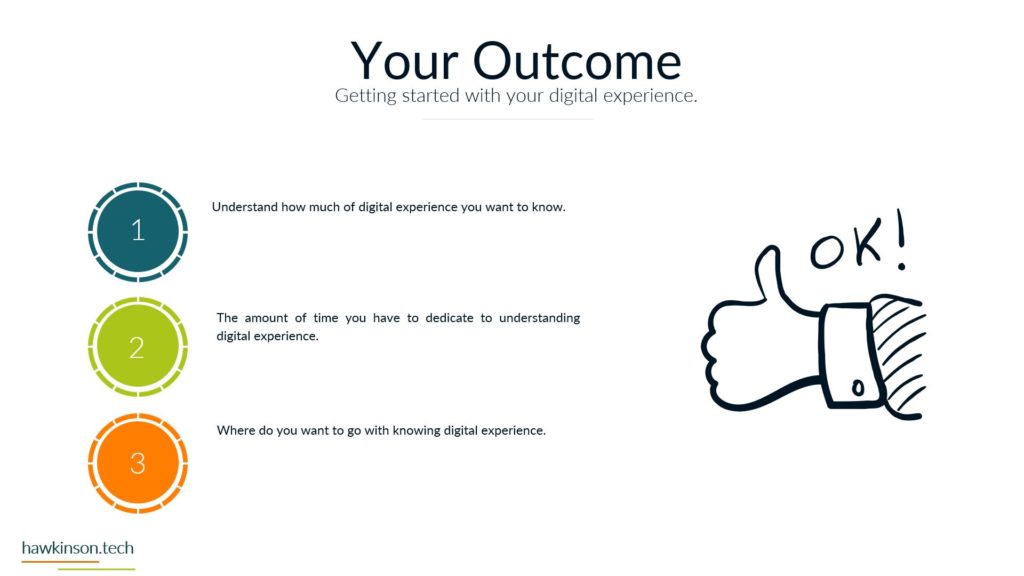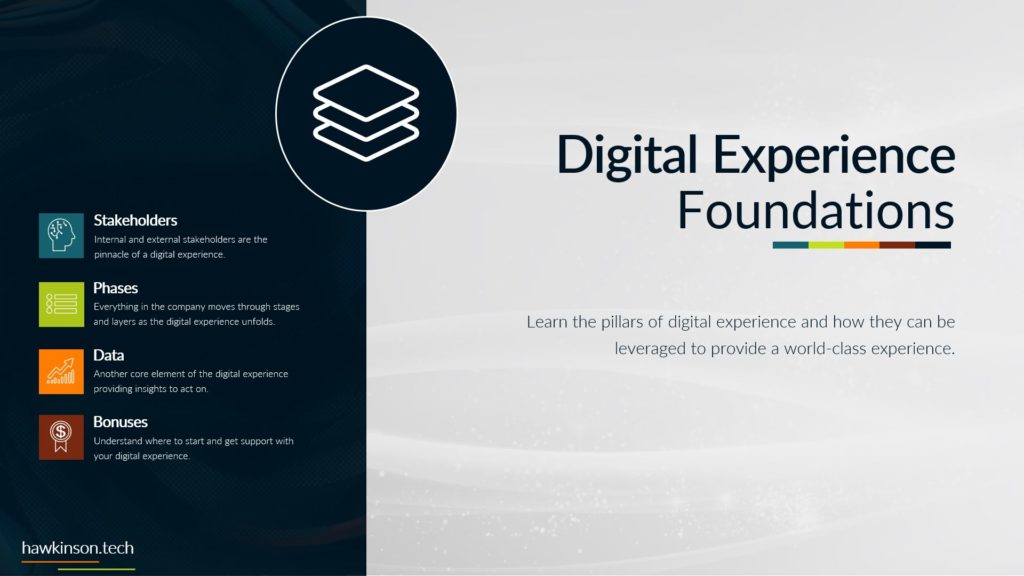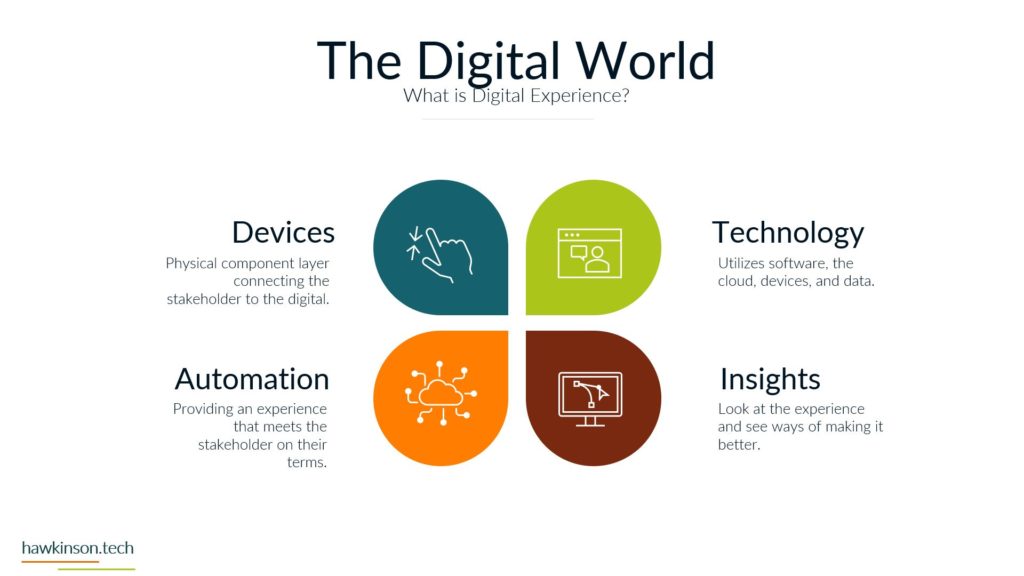In today’s digital age, software is the backbone of business operations, influencing virtually every aspect of the digital experience. Software plays a pivotal role in shaping transformative digital experiences for businesses and stakeholders, from data access and process facilitation to user interface design and adaptability. In this comprehensive article, we will explore the profound impact of software on various business processes and how it influences stakeholder experiences. Companies can optimize their digital landscape for exceptional results and gain a competitive edge in the ever-changing digital world by understanding the interconnection between software, data, and user interface.
Software as a Gateway to Data Access
Software serves as a powerful gateway for stakeholders to access vital company data. By facilitating seamless interactions between users and data through various applications, software enables stakeholders to glean valuable insights and make informed decisions. For instance, Customer Relationship Management (CRM) software empowers sales representatives to monitor accounts, identify potential leads, and track customer interactions, streamlining the sales process. Likewise, Enterprise Resource Planning (ERP) systems integrate various departments, such as finance, human resources, and inventory management, allowing warehouse workers to optimize inventory levels and streamline operations. Understanding how software functions on different devices is crucial in creating a cohesive user experience across multiple platforms, ensuring stakeholders can access data anytime, anywhere, and through their preferred devices.
Empowering Seamless Process Facilitation
At the core of every business are processes that drive day-to-day operations. Software acts as a catalyst for facilitating these processes, enabling stakeholders to navigate through different stages and funnels easily. By leveraging software interfaces to access data, stakeholders can optimize workflows, boost productivity, and enhance efficiency. For instance, inventory management software enables warehouse workers to monitor stock levels, automate reordering, and reduce wastage, resulting in a well-streamlined supply chain. Moreover, project management software empowers teams to collaborate, track progress, and allocate resources effectively, ensuring projects stay on track and meet deadlines. This section will delve into software’s pivotal role in enabling seamless process facilitation and streamlining various tasks, thereby contributing to smoother operations and enhanced stakeholder experiences.
The Intricate Relationship Between Software and Data
Understanding the dynamic connection between software and data is fundamental to crafting a remarkable digital experience. Behind every software interface lies an intricate web of databases and back-end systems that store and manage company data. The software acts as an intermediary, communicating with the data and presenting it in a human-readable format through user-friendly interfaces. This section will explore the mechanisms through which software accesses, retrieves, and processes data, ensuring stakeholders can interpret information effectively and make informed decisions. By comprehending the underlying data architecture, businesses can optimize their software to deliver real-time and accurate information, enhancing stakeholder experiences.
Designing User-Friendly Software Interfaces
The success of any software hinges on its ability to provide a user-friendly interface that resonates with stakeholders. Intuitive and aesthetically pleasing designs are paramount to creating a positive digital experience for users. A well-designed software interface should be easy to navigate, require minimal learning curves, and empower stakeholders to achieve their goals effortlessly. For instance, mobile banking apps with user-friendly interfaces enable customers to perform financial transactions easily, boosting user satisfaction and loyalty. Furthermore, seamless integration with other applications ensures stakeholders can access necessary real-time data without delays or disruptions. This section will delve into the significance of software customization, ease of use, and seamless integration, all of which contribute to a satisfying user experience.
Adapting Software to Evolving Business Processes
As businesses evolve, software must adapt to accommodate changing processes and tasks. As a company expands its operations or introduces new products, its software should scale accordingly to accommodate increased data volumes and user traffic. Additionally, users may move through different parts of the company or utilize various devices, necessitating adaptable software that supports their dynamic needs. This section will emphasize the significance of software flexibility in supporting evolving business processes, ensuring stakeholders can leverage software as a reliable tool in their ever-changing environment.
Overcoming Bottlenecks and Streamlining Processes
Bottlenecks can occur when certain process stages slow down, leading to delays and inefficiencies. By understanding the impact of software on tasks, businesses can strategize and optimize processes to ensure efficient progression through various phases. For example, software automation can streamline repetitive tasks, allowing employees to focus on more strategic activities, thereby increasing overall productivity. Moreover, software integration between departments can reduce communication gaps and facilitate seamless data exchange, ensuring stakeholders work collaboratively towards common goals. By recognizing the implications of software choices on user abilities and process facilitation, companies can eliminate barriers and optimize digital experiences for all stakeholders.
Unlocking the Potential of Software for Exceptional Digital Experiences
As we conclude this article, we emphasize software’s pivotal role in shaping the digital landscape and impacting stakeholder experiences. By recognizing its influence on processes, data access, user interface, and adaptability, businesses can build a strong foundation for a transformative digital experience. Prioritizing software optimization and seamless integration empowers organizations to thrive in the ever-changing digital era. With a deeper understanding of the software’s influence, companies can forge a path toward delivering exceptional digital experiences for their stakeholders and gain a competitive edge in the digital world. By harnessing the power of software, businesses can create a lasting impression on their stakeholders, fostering strong relationships and driving success in the digital era.











